To make the impossible possible. It’s not just for our customers that we like to do this, but also for people with spinal cord injuries. That’s why Salure is working together with Project MARCH by students on a – as far as we know – unique project worldwide. To make possible for these people what almost everyone around them can do, but they can’t: walk. Wherever they want.
This is not a success story. We still have a long way to go. But the first steps have been taken: at the end of August Koen van Zeeland (34) walked through Delft. That is special, because since 2013 he can no longer walk. An on-the-job accident put an end to that. But Koen did not throw in the towel. He got back on his feet, and among other things he now works with the non-profit Project MARCH, formed by a team of some 26 students from TU Delft.
Gap year
Project MARCH (motor assisted robotic chassis for humans) has existed since 2015. Every academic year, a new batch of students stop their studies for a year and devote themselves for a year to the development of a prototype exoskeleton – an external skeleton, that is – for someone with a spinal cord injury. In doing so, they always build on insights and developments from previous years.
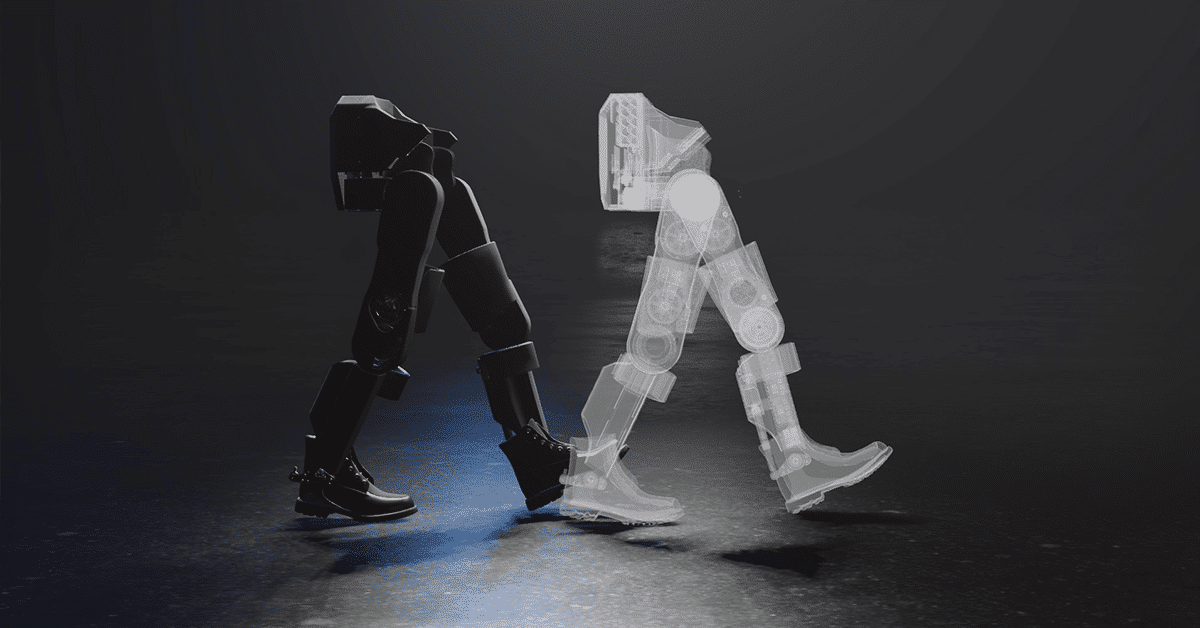
Design Presentation Project MARCH VI
Pilot
Koen is the current pilot of Project MARCH. He put on an ever-improving motorized robotic suit last year, to test in practice. He is the most important member, the students believe. Because who better to indicate what is needed to make the exoskeleton more usable, than the user himself?
Venture outside
What was special about the plans of the Project MARCH VI team – the one from last academic year – was the step outside. In previous years, students built an exoskeleton that had to aim as high as possible at the Cybathlon, an international competition for physically disabled people with bionic limbs: advanced, electronic prostheses. With these, the pilots have to complete a course with obstacles known in detail beforehand. Such as a bench to stand on, an uneven terrain to walk on and a staircase to climb up and down. The robot harness was therefore pre-programmed accordingly.
Taking a stroll
Last year, Project MARCH took a different path. “The fifth team, from the previous year, had mastered these obstacles well. There was little left to innovate on that,” explained team spokeswoman Puck Noorlag. “It’s incredibly nice that someone with a spinal cord injury can walk again with a pre-programmed exoskeleton, but it doesn’t bring the use of exoskeletons closer to everyday use. That’s why, as the sixth team, we chose not to focus on a Cybathlon, but rather on making the exoskeleton dynamic.” Not a course with previously known obstacles became the challenge, but a walk. “Just” a stroll, through the city center of Delft.
Cobblestones
Only, such a walk around the block is not at all normal for a robotic exoskeleton. It treads a terrain with always completely unknown obstacles. An asphalt road can turn into pavement. Bricks can give way to cobblestones. One curb is higher than the next. You encounter different kinds of bridges again and again, with steep and gentle slopes. Sometimes you suddenly find yourself in front of a staircase – one time with narrow high steps, the other time with wide and low steps. And sometimes you want to sit down, on one of the many benches along a canal.
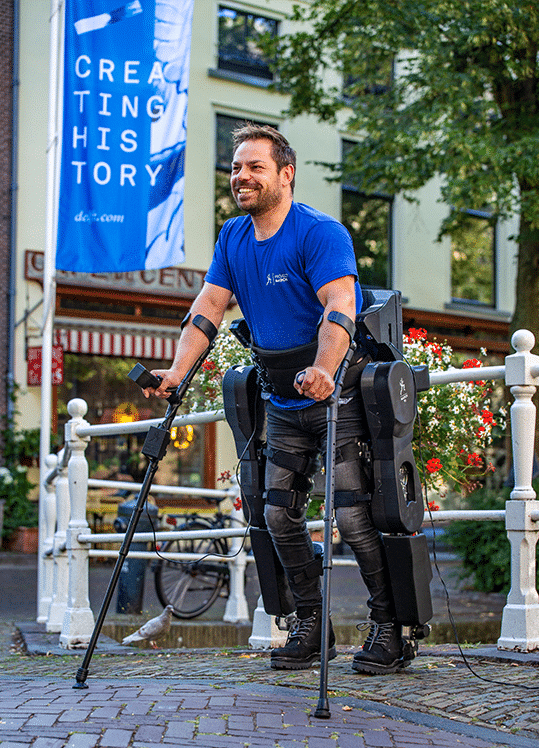
Koen walks through Delft with the exoskeleton
Depth cameras
So the students had to develop an exoskeleton that had to be able to find solutions to occurring situations on the spot. The, as far as is known, first dynamic exoskeleton in the world. Not a detailed pre-programmed one, but one that could anticipate ever-changing circumstances. With depth cameras that read the environment three-dimensionally, to determine the walking or sitting pattern.
Salure
It is exactly in this domain that Salure has a lot to offer. In order for an exoskeleton to respond (ever better) to information from its surroundings, designers must correctly collect, visualize and analyze large amounts of data from its on-board computer. Salure partner Jaco van Hengel: “That’s something we do every day: our business intelligence specialists try to recognize patterns in large quantities of data. They then use this data to automate even more processes. Normally, this is how we make payroll smarter and smarter, and help companies make better decisions. Now, with our findings, we are helping team MARCH to make the exoskeleton function ever more accurately.”
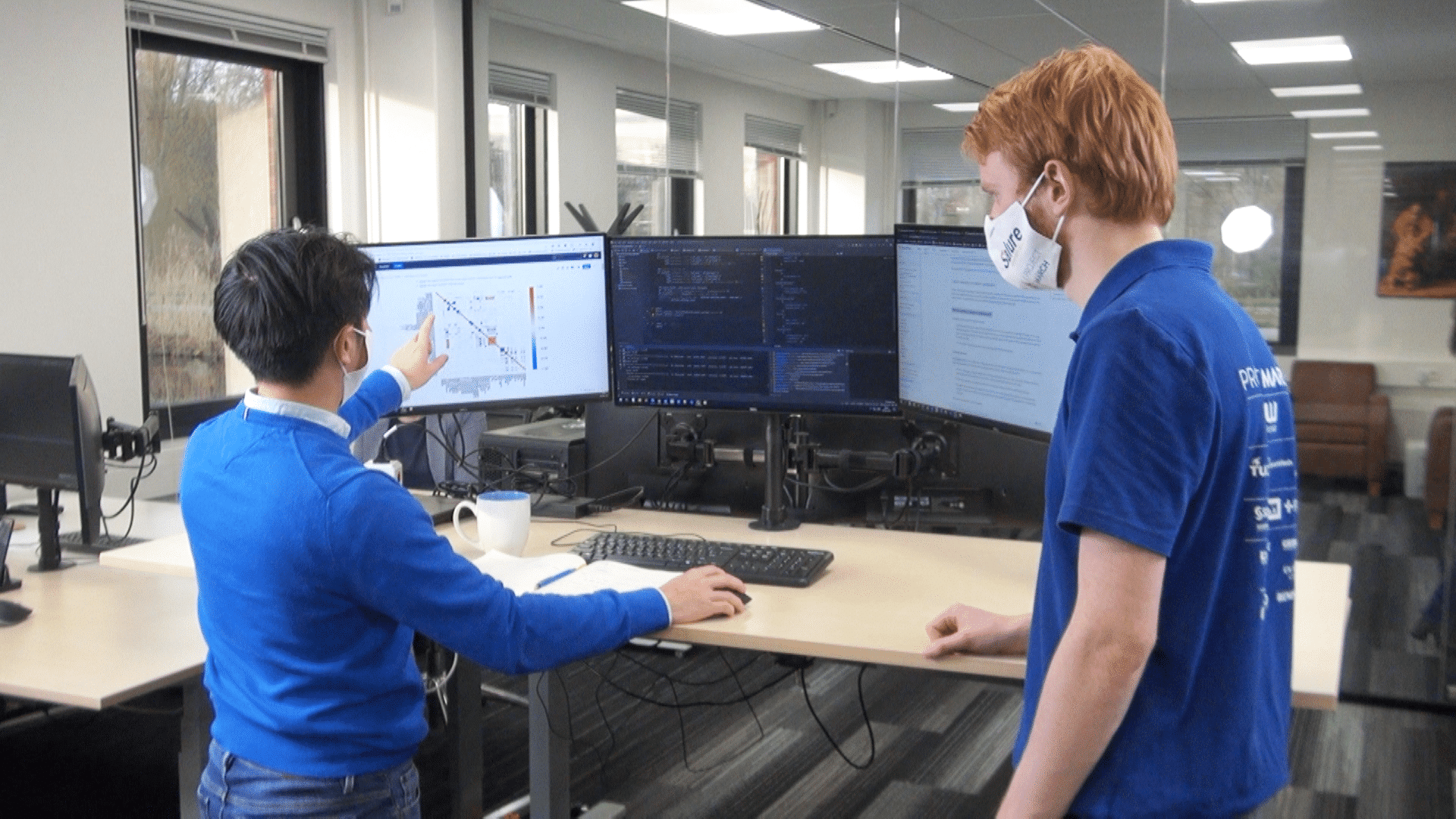
Project MARCH visiting Salure’s Data & Analytics team
Operating range
The students make grateful use of this. “It helps a lot if you can exchange ideas with people who have a lot of experience with data analysis,” says TU student Thijs Veen, data analyst for Project March VI. “We would visit Salure to brainstorm about the challenges we had. And about how we could solve them. We wrote software at their location that forms a solid basis for easy further work. For example, in the area of the skeleton’s range: for this, Salure looked at how much our batteries actually deliver and how much power the joints have to provide for each movement.”
The cooperation went very well, he judges. “If we needed help, we got it very quickly.”
Concrete contributions
Salure has been supporting Project MARCH since the past academic year of 2020-2021. Van Hengel: “We were looking for a sponsorship project that fitted in with our mission to make smart progress together.” In addition to financial support, Salure wanted to be able to contribute concrete content with data expertise. “We find development and innovation important. Project MARCH fitted in beautifully with this. With this, we are contributing to something that can really change the lives of a group of people in the long term. We are very proud of this collaboration.”
Nominated
Meanwhile, the collaboration has resulted in the nomination for the Computable Awards 2021, in the category Healthcare Project. With the annual awards, Computable, a Dutch-language ict trade magazine and platform, stimulates notable ict projects in the Netherlands.
After team VI, team VII is now ready to start. This team will also support Salure in the coming academic year. Because as mentioned, we are still far from achieving our goals. But we are moving forward. Together with Koen.
Watch a video of Koen walking through Delft on Friday, August 22, 2021:
Also check out:
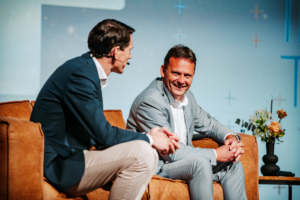
Celebrate Innovation Together: This is how Salure celebrated its 12,5th anniversary
On July 8th we celebrated Salure’s anniversary with our clients and partners at the Queen Beatrix Theater with the theme ‘Celebrate Innovation Together’.
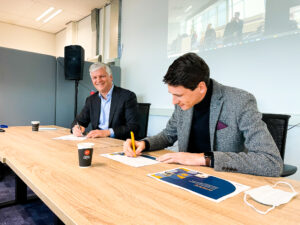
Neways Electronics chooses international HR solution from Salure and AFAS
Neways Electronics, founded in 1969, has selected the software and services of Salure and AFAS. The Eindhoven-based company will start working with the new system on 1 January 2023.
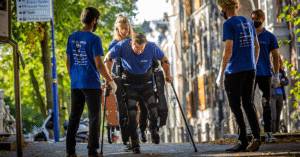
Walking with a spinal cord injury
To make the impossible possible. It’s not just for our customers that we like to do this, but also for people with spinal cord injuries. That’s why Salure is working together with Project MARCH by TU students on a – as far as we know – unique project worldwide. To make possible for these people what almost everyone around them can do, but they can’t: walk. Wherever they want.
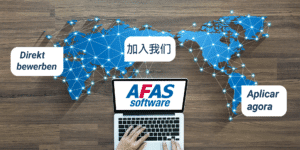
New AFAS translation module: use InSite across the globe
From Arabic and Chinese to Spanish. With the new translation module for InSite, AFAS is now used without borders. Translate InSite into any desired language
